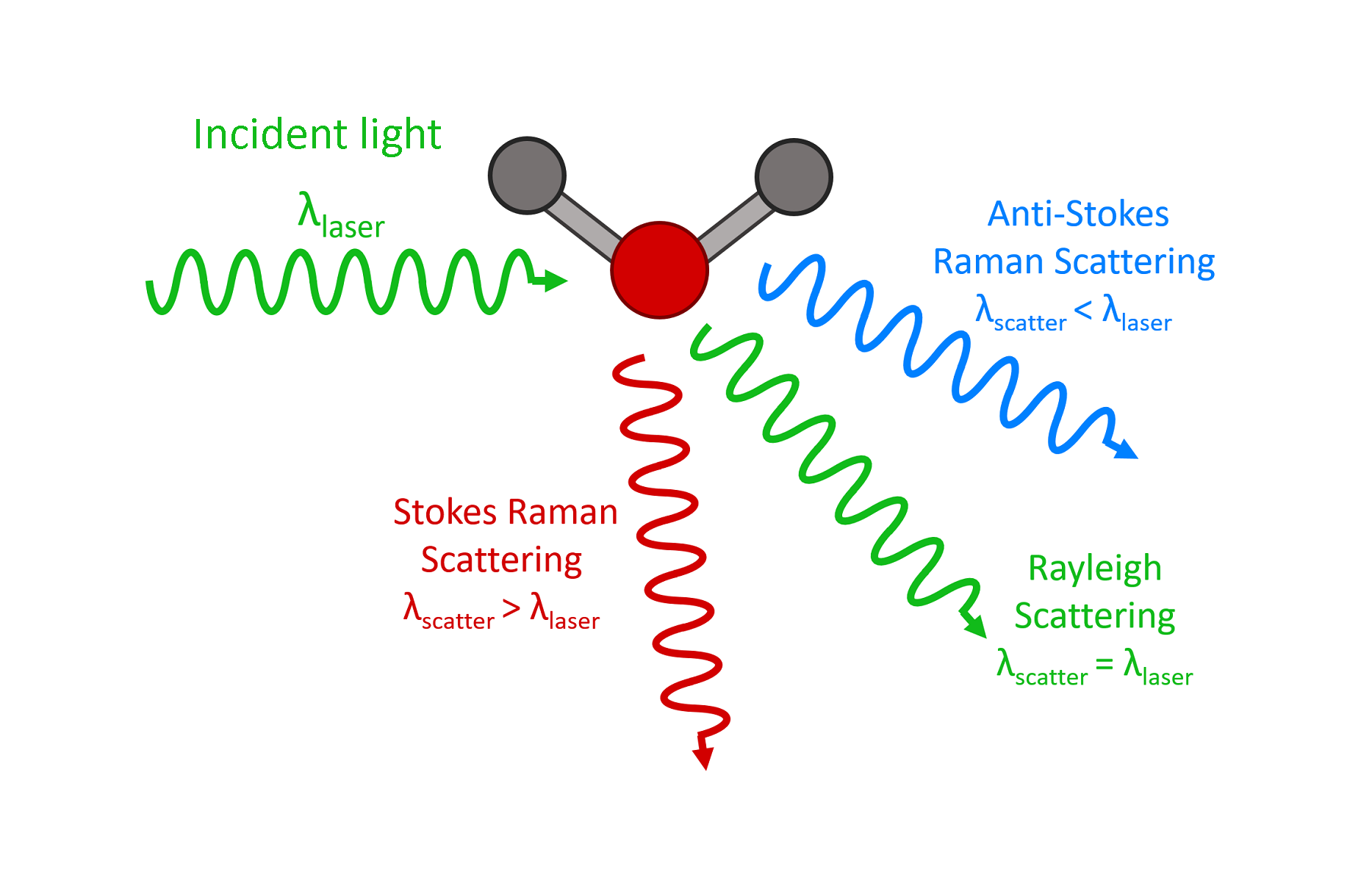Raman spectroscopy is an analytical technique that is based on the Raman effect, which was discovered by C.V. Raman in 1928. The Raman effect occurs when a sample is irradiated with monochromatic light, which causes some of the light to be scattered in all directions. A small fraction of this scattered light undergoes a change in wavelength due to interactions with the chemical bonds in the sample. This change in wavelength, known as the Raman shift, can be used to identify the chemical compounds present in the sample.
Raman spectroscopy is ax non-destructive technique, which means that it does not damage or alter the sample in any way. It is also a non-contact technique, which means that it can be used to analyze samples without coming into physical contact with them. This makes Raman spectroscopy an ideal technique for analyzing delicate or sensitive samples.
Technology
OUR TECHNOLOGY

Empowering Your Analysis with Raman Spectroscopy
Advantages of Raman Spectroscopy vs other methods
Raman spectroscopy has proven to be a versatile and valuable analytical tool, with applications ranging from material science and biophysics to pharmaceuticals and forensics. Its ability to provide molecular-level insights into a sample's composition and structure, along with its non-destructive nature, make it an increasingly popular choice for scientists and researchers across diverse fields.
Compared to other measurement techniques, Raman spectroscopy offers several significant advantages:
Raman spectroscopy is a completely non-destructive technique because it doesn’t involve touch, doesn’t harm the sample, and doesn’t need any sample preparation. Hence, samples like historical pigments or crucial forensic evidence can be examined, and if necessary, the sample can be saved for later examination using different methods.
Raman spectroscopy can characterize material in great detail by detecting individual chemical bond vibrations. As a result, a Raman spectrum provides a wealth of information about the chemical structure of the substance being examined. With the aid of vast Raman spectrum databases, it is feasible to quickly identify new compounds and analyze a material’s composition in its entirety.
Raman analysis can be performed on ‘as received’ samples with no preparation, in contrast to many analytical procedures that necessitate sample preparation (such as dissolving, grinding, glass formation, or pressing) to get findings.
A high-quality spectrum may usually be obtained using Raman spectroscopy in seconds. Sample throughput is high since no sample preparation is necessary.
Raman spectroscopy examines subtler chemical processes such as crystallinity, polymorphism, phase, intrinsic stress/strain, protein folding, and hydrogen bonding, in addition to broad material identification and characterization.
It can be used in a Raman microscope to provide Full 3D spatial resolution, enabling the examination of a distinct volume in a clear material.
Raman spectroscopy provides the analyst with high-sensitivity microscopic examination with sub-micron spatial resolutions when carried out using a confocal Raman microscope. As a result, precise areas of a sample and individual grains and particles can be examined.
Due to non-invasiveness, it can be used for in situ measurements. Moreover, Raman spectroscopy can be utilized for both in vitro and in vivo analyses since it is water-tolerant.




